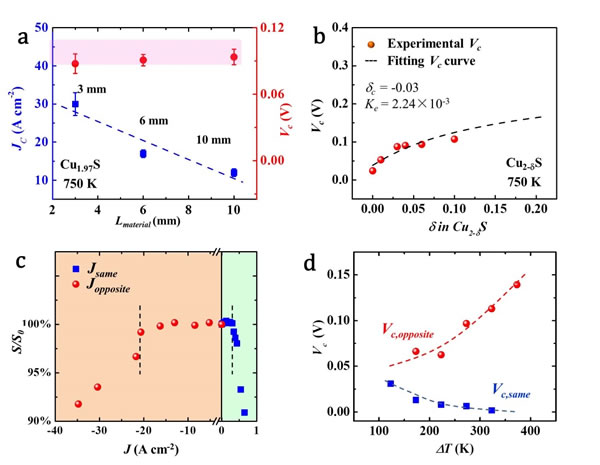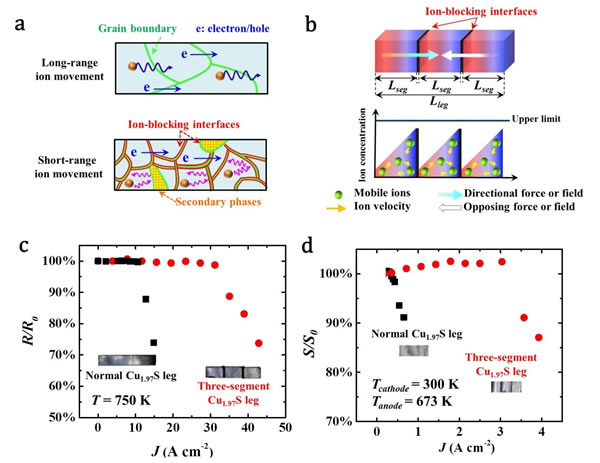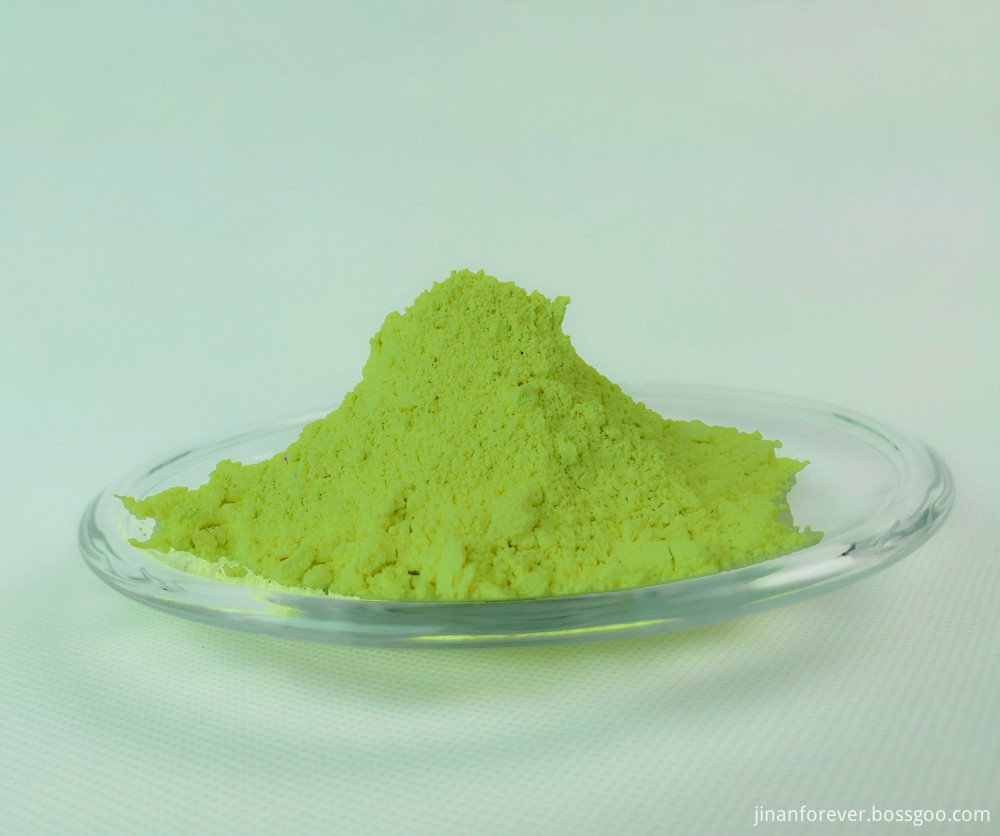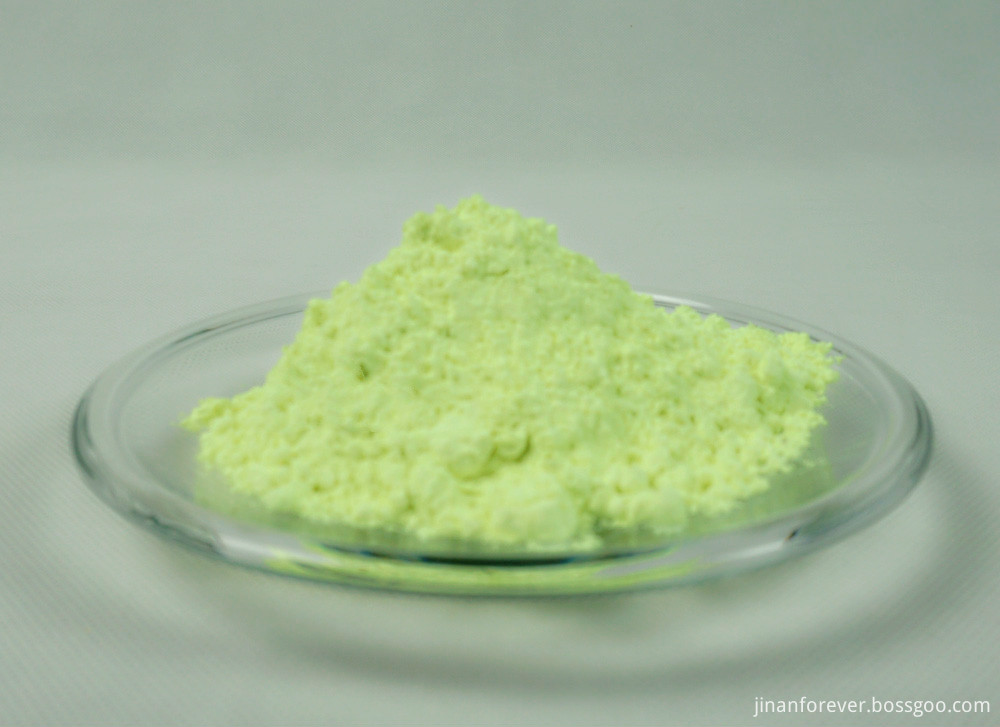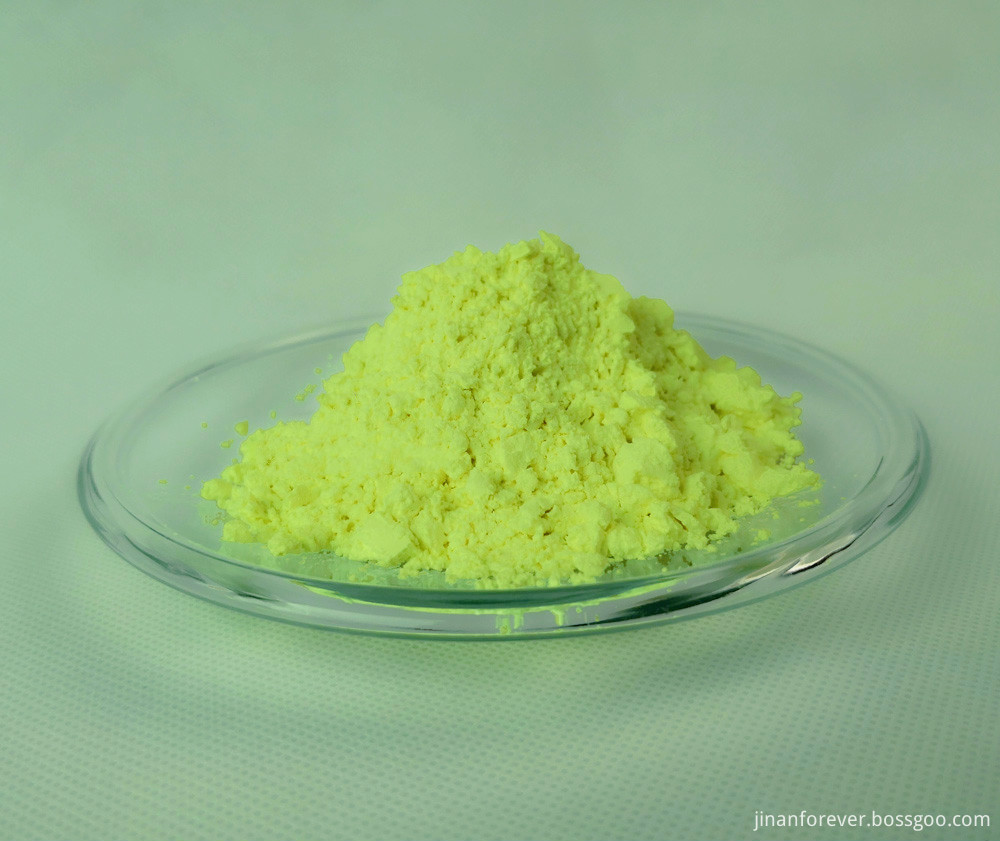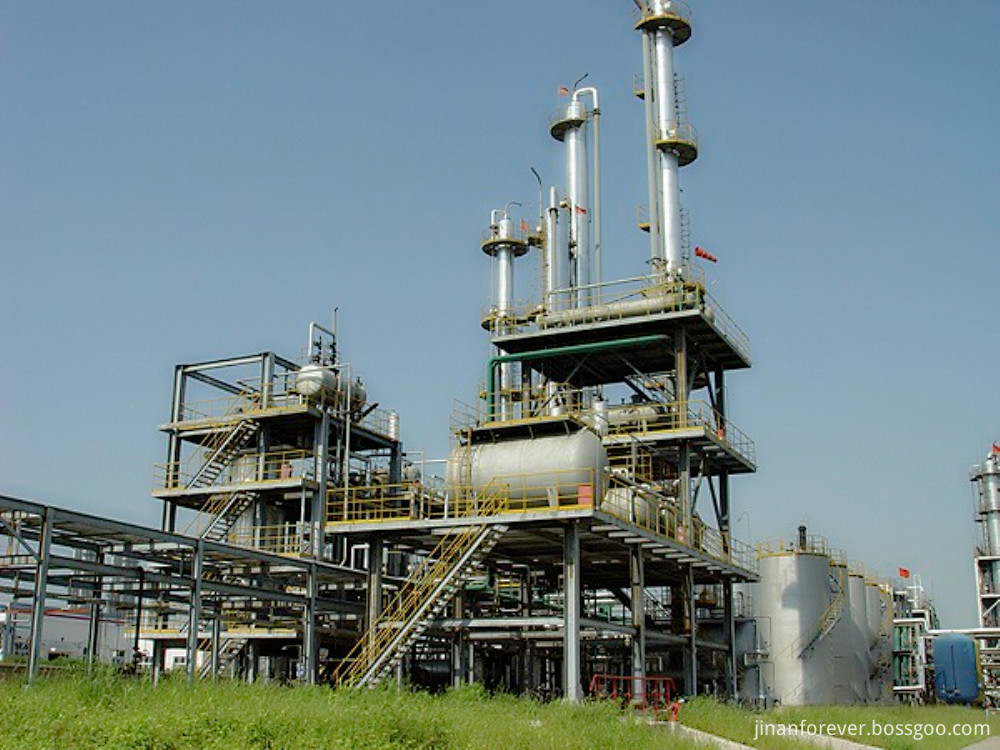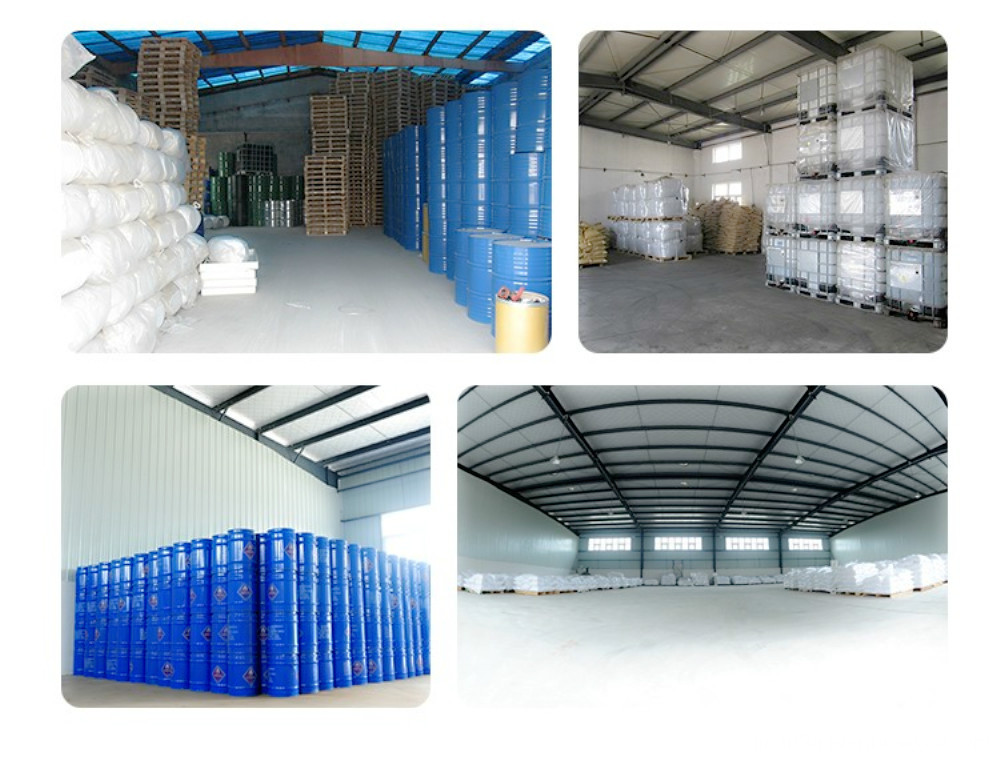Recently, Qiu Pengfei, Associate Researcher of Shanghai Institute of Ceramics, Chinese Academy of Sciences, Researchers Shi Xun, Chen Lidong and Northwestern University Professor G. Jeffrey Snyder, Professor of Giessen University, Germany Jürgen Janek, etc., deeply analyzed the mobile ions in liquid thermoelectric materials. The mechanism of migration and precipitation under the action of field, combined with theory and experiment, puts forward the thermodynamic stability limit criterion of whether "liquid-like" ions can be precipitated from the material, and gives the corresponding experimental characterization methods and techniques. On this basis, it is proposed that the introduction of the "ion blocking-electron conduction" interface can significantly improve the service stability of liquid-like thermoelectric materials under strong electric fields or large temperature differences. This research is of great significance for the practical application of liquid-like thermoelectric materials. The related research results were published in the journal Nature Communications (DOI: 10.1038 / s41467-018-05248-8), and the equipment and some measurement results independently built by the research team were published in the Journal of Inorganic Materials (Vol.32) , 2017, 1337-1344), and applied for a Chinese invention patent. Thermoelectric energy conversion technology utilizes the Seebeck and Peltier effects of semiconductor materials to realize the direct conversion of thermal energy and electrical energy. It has important and extensive application prospects in the fields of industrial waste heat and automobile exhaust waste heat power generation. However, subject to the long-range order of the structure, the lattice thermal conductivity of traditional crystalline compound thermoelectric materials has a minimum limit (minimum lattice thermal conductivity), which limits the space for continuous optimization of thermoelectric performance. In response to this bottleneck problem, since 2012, the thermoelectric team led by Chen Lidong and Shi Xun proposed to introduce ions with "liquid-like" characteristics into solid materials to reduce thermal conductivity and optimize thermoelectric performance, successfully breaking through the lattice thermal conductivity The limitation on the solid glass or crystalline materials, and then found a new class of high-performance (ZT~2.0@1000 K) liquid thermoelectric material system (Nat. Mater. 2012, Adv. Mater. 2013 & 2014 & 2015 & 2017, Energ. Environ. Sci. 2014 & 2017, npj Asia Mater. 2015, etc.) has become a hot spot in the field of thermoelectric materials in recent years. However, in these liquid-like thermoelectric materials (such as Cu2-δSe, Ag9GaSe6, Zn4Sb3, etc.), the metal cations with "liquid-like" characteristics are prone to long-range migration and precipitation under the action of electric or temperature fields, resulting in poor service stability and restrictions. Its practical application. Therefore, it is the key to the application of new high-performance liquid thermoelectric materials by studying the migration process and physical mechanism of ions in liquid thermoelectric materials to improve their service stability. The research team found that under the action of an external field, the metal cations (such as Cu, Ag, Zn) in the liquid-like thermoelectric materials will migrate from one end of the sample to the other end and produce an ion concentration gradient. However, only when the chemical potential of the metal cation at a high concentration is equal to or higher than the chemical potential of the corresponding metal element, the metal cation will be precipitated from the material and transformed into the metal element, thereby causing the material to decompose. Therefore, every type of liquid thermoelectric material has a thermodynamic stability limit. Only when the external field is strong enough to make the material exceed this limit, ion precipitation and material decomposition will occur. Otherwise, the liquid-like thermoelectric material will be similar to the traditional crystalline thermoelectric compound, maintaining good stability and thermoelectric performance under the action of the external field. Based on the derivation of the electrochemical formula, the team found that the specific value of this thermodynamic limit can be given by the maximum applied voltage (that is, the critical voltage) that the material can withstand without decomposition. The critical voltage is a characteristic parameter that has nothing to do with the size of the material, and is only related to the chemical composition of the material and the ambient temperature. In order to experimentally prove the existence of the thermodynamic stability limit of liquid-like thermoelectric materials, the team independently built an instrument to quantitatively characterize the service stability of liquid-like thermoelectric materials. In a constant temperature environment and a given temperature difference environment, using the changes of relative resistance and relative Seebeck coefficient as evaluation parameters, the critical voltage of a series of Cu2-δ (S, Se) liquid thermoelectric materials was successfully measured, and the value range was 0.02-0.12V. In a constant temperature environment, as the amount of Cu loss δ increases or the ambient temperature increases, the critical voltage of Cu2-δ (S, Se) material gradually increases, and its value is consistent with the theoretical prediction, indicating that the material has the characteristics of "liquid-like" Metal cations are more difficult to precipitate. In a given temperature difference environment, the critical voltage of Cu2-δ (S, Se) material is also related to the direction of heat flow inside the material. When the heat flow direction is the same as the current direction, the material has a smaller critical voltage, indicating that the metal cations in the material are more likely to precipitate. Conversely, when the direction of heat flow is opposite to the direction of current, the material has an enhanced threshold voltage and the material stability is significantly increased. Based on an in-depth understanding of the mechanism of ion migration and precipitation, the team proposed that the introduction of the "ion blocking-electron conduction" interface in liquid-like thermoelectric materials can effectively suppress the precipitation of metal cations with "liquid-like" characteristics and improve liquid-like Thermoelectric material service stability. Because metal cations cannot pass through the "ion blocking-electron conduction" interface, the effect of the external field will be shared by the various liquid thermoelectric materials blocked by the "ion blocking-electron conduction" interface, thereby making the material as a whole It remains stable under the effect of a stronger electric field or a larger temperature difference. At the same time, the "ion blocking-electron conduction" interface does not affect the free transport of electrons / holes, so while obtaining high service stability, the multi-segment materials will still maintain intrinsic excellent thermoelectric properties. This strategy was successfully verified in a multi-segment Cu1.97S material connected by a conductive carbon layer. This work not only provides the possibility for the practical application of liquid-like thermoelectric materials, but also provides new ideas for improving the service stability of other electronic / ion mixed conductors. The research work has received funding and support from the National Key R & D Project, the National Natural Science Foundation of China, and the Youth Innovation Promotion Association of the Chinese Academy of Sciences. (a) The working environment of liquid-like thermoelectric materials; under the action of large currents (b) ordinary liquid-like thermoelectric materials and (c) the precipitation of metal Cu on the end face of liquid-like thermoelectric materials with an "ion blocking-electron conduction" interface Physical and chemical processes of ion migration and precipitation in liquid-like thermoelectric materials (a) Critical current and critical voltage of Cu1.97S samples with different lengths; (b) Critical voltage of Cu2-dS samples with different stoichiometric ratios; (c) Critical current of Cu1.97S samples under a given temperature difference environment; d) Critical voltage of Cu1.97S under different temperature differences and heat flow directions The principle of using "ion blocking-electron conduction" interface to improve service stability (a, b); (c) experimental results under constant temperature environment and (d) given temperature difference environment
Generally,
in the production process of good water-based ink coatings, the Fluorescent Brightener OB is used. Fluorescent Brightener OB not only
increases the whiteness of the ink, but also increases the brightness of the
ink. Fluorescent brightener OB-1 improves
the grade of the product. There is no yellowing. Yellow Optical Brightener OB-1 has a good effect. Many ink
manufacturers only know how to use optical
brightener OB-1. However, it is not known whether the yellow Optical Brightener OB-1 or Green Optical Brightener OB-1 is good or bad. A good Fluorescent Whitening Agent Ob can
achieve a desired effect with a small amount of addition. The poorly performing Fluorescent Whitening Agent OB increases the whiteness of the ink, but otherwise reduces the performance of
the ink.
Therefore, it is very important to choose the Optical Brightener . Jinan Forever
Chemical has always been adhering to the tenet of [ integrity management,
cooperation and win-win", providing each customer with the highest quality
products to satisfy customers. And the appearance of color personalization
needs.
Optical Brightener Optical Brightener,Optical Brightener Ob,Fabric Brightene,Optical Whitener Jinan Forever Chemical Co., Ltd. , https://www.jinanforever.com

